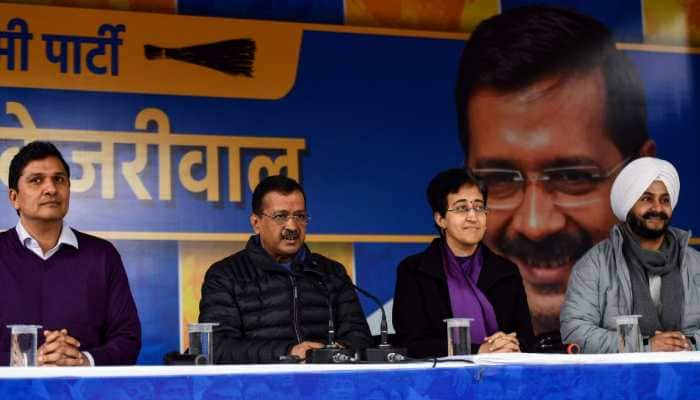PSLV-C38/Cartosat-2 series mission - India's sixth eye in the sky, why it's significant for the country
Here are key facts you need to know about the PSLV-C38/Cartosat-2 series mission and why it is important for the country.
Trending Photos
)
New Delhi: In yet another textbook style, the Indian Space Research Organisation (ISRO) on Friday successfully launched its Cartosat-2 series satellite for earth observation along with 30 nano satellites in a single flight, placing them successfully into the intended orbit.
The 712kg Cartosat-2 series satellite and 30 co-passenger satellites together weighing about 243kg lifted off at 9.29 a.m. today, June 23, 2017, from the First Launch Pad of Satish Dhawan Space Centre (SDSC) SHAR, Sriharikota onboard ISRO's Polar Satellite Launch Vehicle (PSLV-38).
Here are key facts you need to know about the PSLV-C38/Cartosat-2 series mission and why it is important for the country:
- The Cartosat-2 series satellite and 30 co-passenger satellites are being launched into a 505 km polar Sun Synchronous Orbit (SSO) by the PSLV-C38 rocket standing 44.4 metre tall and weighing 320 ton in its 40th flight.
- The co-passenger satellites comprise 30 nano satellites from India and 14 other countries - Austria, Belgium, Chile, Czech Republic, Finland, France, Germany, Italy, Japan, Latvia, Lithuania, Slovakia, United Kingdom, and the United States of America.
- The Indian nano satellite, the 15kg NIUSAT, has been made by Noorul Islam University in Tamil Nadu, which will help in crop monitoring and disaster management.
- The Cartosat-2 series satellite being carried by the PSLV-C38 is a remote sensing satellite similar to the earlier five satellites of the Cartosat-2 series.
- Scientists say the Cartosat-2 will orbit the earth from 500 km above, and will be capable of counting the number of army tanks parked in hostile territories.
- This mission is significant because according to ISRO chairman Dr AS Kiran Kumar, the existing satellites are not enough to meet even nominal requirement of high resolution data for developmental activities.
- The imagery sent by the Cartosat-2 series satellite will be useful for cartographic application, urban and rural applications, coastal land use and regulation, utility management like road network monitoring, water distribution, creation of land use maps, change detection to bring outgeographical and manmade features and various other Land Information System (LIS) as well as Geographical Information System (GIS) applications.
- As per ISRO, after its injection into a 505 km polar Sun Synchronous Orbit by PSLV-C38, the Cartosat-2 series satellite will be brought to operational configuration, following which it is expected to begin providing regular remote sensing services using its Panchromatic and Multispectral cameraas.
- The total weight of all the satellites carried onboard PSLV-C38 is about 955 Kg.
- This is the seventeenth flight of PSLV in 'XL' configuration (with the use of solid strap-on motors).
Stay informed on all the latest news, real-time breaking news updates, and follow all the important headlines in india news and world News on Zee News.
Live Tv







)
)
)
)
)
)
)
)
)
)
